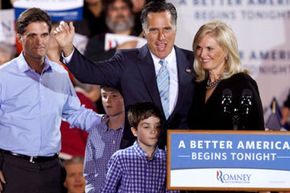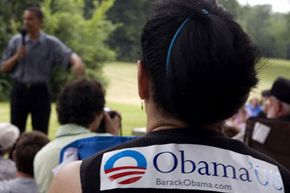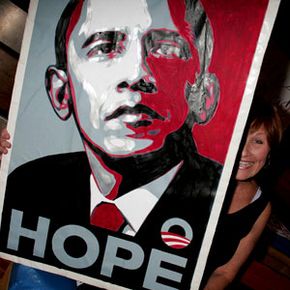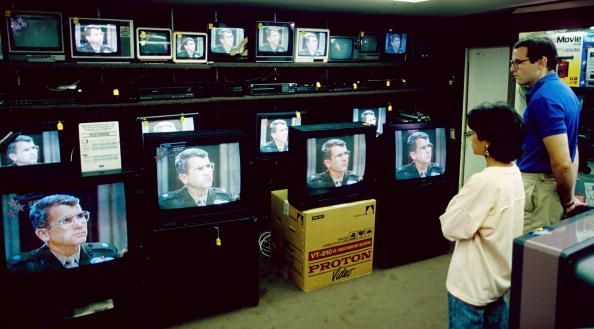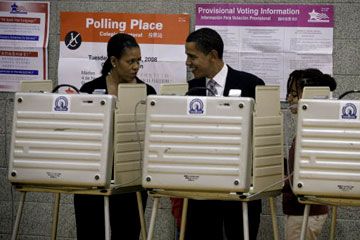During the 2012 Republican primary, former Speaker of the House Newt Gingrich trounced his opponents in South Carolina on January 21, outpacing his closest rival and former Massachusetts governor Mitt Romney by 12 percentage points [source: The New York Times]. The political race then headed to Florida, which held its Republican primary 10 days after South Carolina, on January 31. With the competition escalating after Gingrich's runaway victory, that pivotal Sunshine State election came with a downpour of campaign advertisements -- and not the type to leave viewers feeling all warm and fuzzy.
Ninety-two percent of the 2012 Republican primary-related commercials were attack ads, promoting rivals' shortfalls rather than preferred candidates' achievements [source: Diane Rehm Show]. That type of negative advertising isn't anything new to election seasons, but the breakdown of who was paying for all of that televised mudslinging revealed a novel and startling wrinkle in the electoral process. Whereas special interest groups known as super PACs (political action committees) funded just 2.6 percent of political advertising on behalf of candidates during the 2008 Republican primary, a study conducted by Wesleyan University found that super PAC-sponsored attack ads shot up like fertilized weeds, comprising 43.6 percent of political commercials as of January 2012 -- a spending surge of more than 1,626 percent [source: Wesleyan Media Project]. In Florida alone, leading up to the state's Republican primary run-off, pro-Romney super PACs purchased 6,942 campaign ads worth $8.5 million, compared to just 196 spots bought up by pro-Gingrich super PACs [source: Semuels and Gold].
Advertisement
Although almost all of the ads were negative, with both the Romney and Gingrich camps skewering each other on the airwaves, the side with the louder and more persistent message dominated. In Florida, Romney cemented his position as the likely Republican candidate for president, winning the state by a healthy 12 percentage points.
Those election results point to the power of super PACs, which were empowered by the 2010 Supreme Court case "Citizens United vs. the Federal Election Commission" to spend unlimited amounts of donations to support political candidates. Before then, individual campaign donations were capped at $5,000. Following the Supreme Court decision, the sky's the limit, and as of February 2012, those moneyed groups had showered $56 million on the presidential election [source: Mayer]. Moreover, the fact that a major chunk of that cash directly flowed to political attack ads also points to a longstanding -- though reviled -- tradition of going negative in order to get candidates elected to office.
Advertisement
